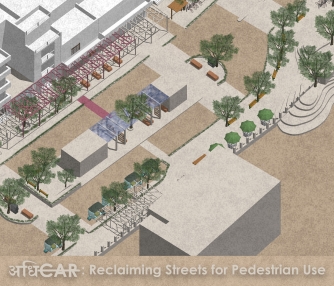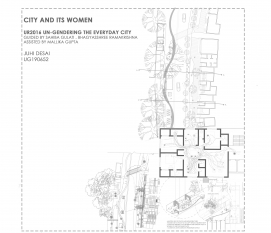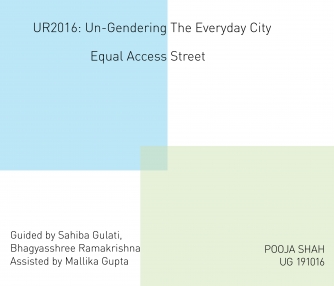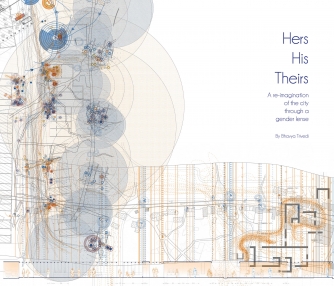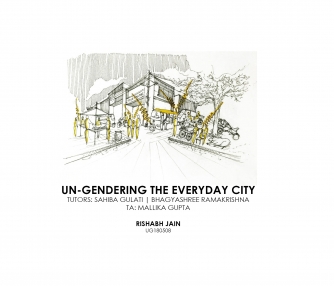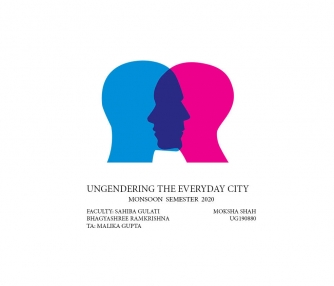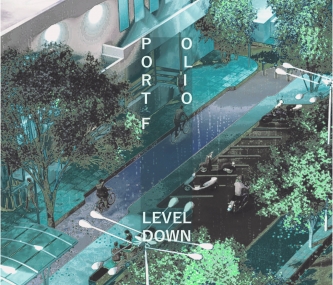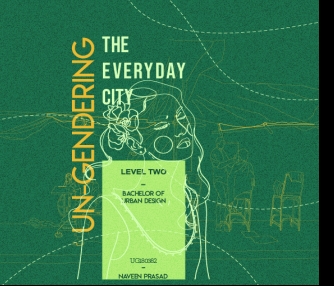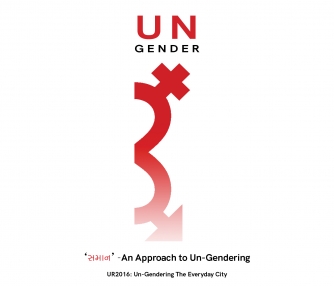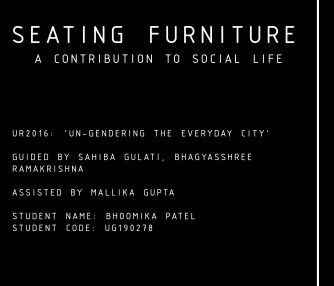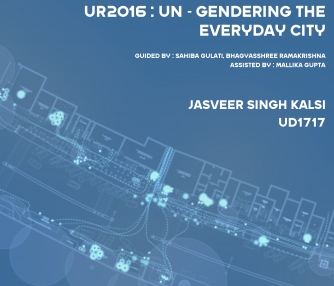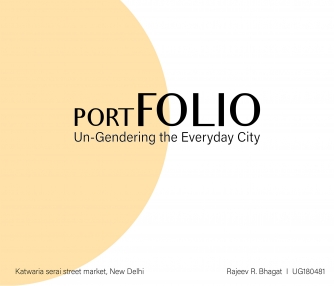Un-Gendering the Everyday City
- Tutor/s Sahiba Gulati | Bhagyasshree Ramakrishna
- TA Mallika Gupta
- Code UR2016
- Faculty Planning
In India, vehicle ownership usually lies with men, whether it is a car, a two-wheeler, or a bicycle, to say nothing of auto-rickshaws. Our cities, however, are imagined around the automobile. How do we imagine a city which recognizes that half of its population does not own a vehicle? How do we imagine a city where half of the population is women? Through research conducted by various authors, ranging from Phadke, Ranade and Khan to Ayona Datta, and personal research, it is apparent that the street as a public space belongs more to a man than a woman.According to Ayona Datta, a woman’s presence in the public street is legitimized by the production of her morality; according to Phadke, Khan and Ranade, women constantly exhibit their purpose to be in public space; they are never there without a reason. The city constantly legitimizes domesticities for women, especially women from poor households. How then does one normalize the presence of a female in the city, and a growing female workforce? How then do we re-imagine the street? And by re-imagining the street, how then do we re-imagine the city itself? The studio focused on three areas of concern in this regard: connectivity, accessibility and right to the city for women,especially those from underserved communities.

